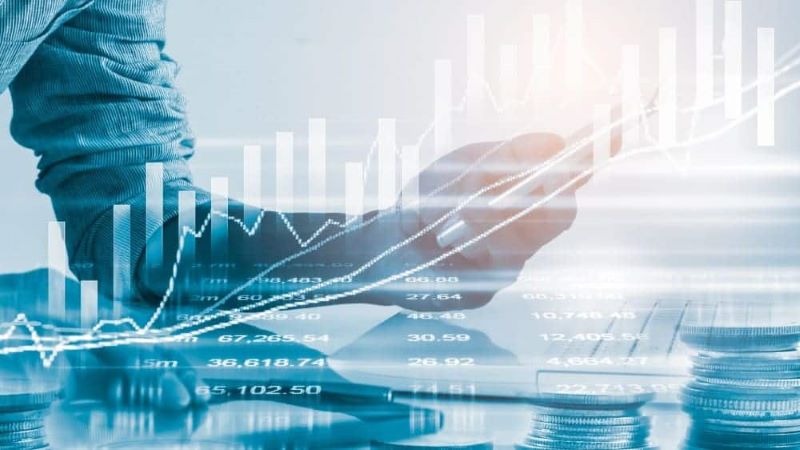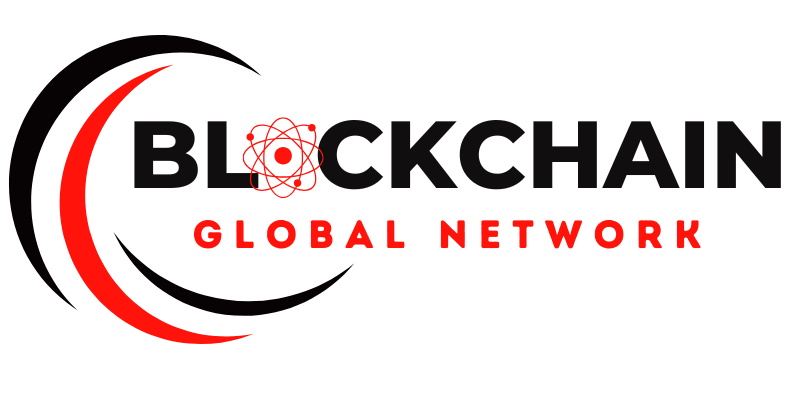Primary versus secondary market are two key concepts that investors must understand to make informed decisions. Knowing the differences between these markets helps investors identify the right opportunities, manage risks, and optimize their portfolios for effective investment strategies. In this article, we will explore the essential aspects of each market and how they can influence your investment choices.
Advantages and Disadvantages of the Primary Market
Advantages of the Primary Market
- Access to Original Price: In the primary market, investors can purchase stocks, bonds, or other financial assets directly from the issuer at the initial offering price (IPO). This allows them to access assets at their original value before market adjustments.
- Investing in New or Growing Companies: The primary market is often where new companies issue securities to raise capital. Investors have the opportunity to invest early in promising businesses, with the potential for large returns if the company performs well. This access to early-stage investments is a key distinction in the primary versus secondary market dynamic.
- Supporting Business Development: Buying assets in the primary market directly provides capital to businesses, helping them expand, develop products, or invest in business activities.
- Transparency: Transactions in the primary market are typically supervised and comply with regulations from governing bodies, ensuring transparency in the issuance process.

Disadvantages of the Primary Market
- High Risk with Newly Issued Companies: Investing in new companies, especially through IPOs, often carries high risks, as it is difficult for investors to predict the actual business performance of the company after issuing securities. This uncertainty is a significant factor in the primary versus secondary market comparison.
- Low Liquidity: Securities in the primary market are often not immediately available for trading in the secondary market. Investors may face difficulties in quickly selling securities if they wish to divest.
- High Issuance Costs: Participating in the primary market may require significant issuance costs from the business, which can affect the value of investors’ shares after issuance.
- Potential for Uneven Stock Allocation: In IPOs, the number of shares may not be allocated fairly to all investors, leading to some not being able to purchase at the desired initial price.
The primary market offers great potential but also comes with many challenges and risks, requiring investors to conduct thorough research and analysis before participating. Understanding the primary versus secondary market and their respective advantages and disadvantages is crucial for making informed investment decisions.
Advantages and Disadvantages of the Secondary Market
Advantages of the Secondary Market
- High Liquidity: The secondary market allows investors to buy and sell securities easily and quickly. This enables investors to convert assets into cash flexibly without having to hold securities for a long time. This high liquidity is a key distinction in the primary versus secondary market comparison.
- Transparent Pricing: In the secondary market, prices are determined through supply and demand, accurately reflecting the market value of securities. Investors can track price fluctuations and make informed buying and selling decisions.
- Reduced Risk Compared to the Primary Market: Investors can monitor and evaluate a company’s performance based on disclosed information and trading history, rather than relying on initial information as in the primary market. This helps reduce investment risk due to the availability of more data and real-world experience. This reduced risk is another important factor to consider in the primary versus secondary market decision.
- Diverse Investment Opportunities: The secondary market offers a wide range of securities, from stocks and bonds to derivatives. Investors can choose an investment portfolio that suits their risk tolerance and financial goals.
- Asset Growth: The secondary market creates opportunities for investors to profit from price differences, especially when security prices increase over time. Smart investors can capitalize on the long-term growth trends of businesses.

Disadvantages of the Secondary Market
- High Price Volatility: In the secondary market, security prices can fluctuate significantly due to the impact of news, economic policies, or changes in investor sentiment. This price volatility can expose investors to the risk of short-term losses.
- Influence of External Factors: Prices in the secondary market can be affected by factors such as interest rates, economic policies, or international events. This can decrease the value of assets held by investors, even if those factors are unrelated to the company’s intrinsic performance.
- Speculative Risk: In the secondary market, many investors may participate for speculative purposes, engaging in short-term buying and selling to profit from price differences. This can create unstable price fluctuations, making it difficult for long-term investors.
- Transaction Costs: Despite high liquidity, investors in the secondary market still incur transaction costs, including brokerage fees, taxes, and other surcharges. These costs can affect the overall return on investment, especially when conducting multiple transactions in a short period.
- Difficulty in Controlling Emotions: Due to the continuous fluctuation of prices, investors in the secondary market are easily influenced by emotions, such as fear or greed, leading to irrational investment decisions.
The secondary market offers many opportunities but also carries potential risks, especially for inexperienced investors or those without a strict risk management strategy. Understanding the primary versus secondary market and their respective characteristics is crucial for making informed investment choices and navigating the complexities of the financial markets.
Investment Strategies for the Primary versus Secondary Market
Investment Strategies in the Primary Market
The primary market is where investors have the opportunity to purchase securities for the first time from the issuing company, through initial public offerings (IPOs) or bond issuances. Understanding the characteristics of the primary versus secondary market is crucial for choosing the right investment strategy.

Strategy 1: Long-term Investment Based on Business Growth Potential
Investors in the primary market should focus on the long-term growth potential of the business. Thoroughly researching the company’s financial information, business model, and development strategy is essential. The goal of this strategy is to hold the stock for a long period, benefiting from the company’s growth and creating sustainable value.
Strategy 2: Assessing Risks and Opportunities
Since the primary market often requires a long-term commitment, investors need to analyze the risk factors associated with the business, such as financial conditions, market competition, and the macroeconomic environment. At the same time, carefully reviewing the company’s financial reports and SWOT analysis also helps investors identify the best growth opportunities. This strategy is suitable for those who have a high-risk tolerance and desire to invest in emerging companies.
Strategy 3: Seeking Quality IPO Opportunities
IPOs are attractive investment opportunities but also carry significant risks. Investors should focus on companies with a solid foundation, stable revenue, or high growth potential in the future. Participating in IPOs of quality companies can bring substantial profits if the company performs well after listing.
Investment Strategies in the Secondary Market
The secondary market is where securities are traded between investors, with prices determined by market supply and demand. This dynamic creates a different set of opportunities and challenges compared to the primary market, highlighting the importance of understanding the primary versus secondary market distinction.
Strategy 1: Trend Following
This is a popular strategy in the secondary market, where investors track market trends and try to buy securities when the price is rising and sell when the trend ends. To successfully implement this strategy, investors need a solid understanding of technical analysis, grasping chart patterns, and the ability to predict short-term market trends.
Strategy 2: Value Investing
This strategy focuses on finding undervalued stocks compared to their intrinsic value. Investors use fundamental analysis to identify companies with high growth potential that are currently undervalued by the market. When the market price adjusts, investors can reap significant profits. This is a long-term strategy, often requiring patience and in-depth financial analysis skills.
Strategy 3: Swing Trading
For investors who prefer flexibility, swing trading is a suitable strategy. Investors take advantage of short-term price fluctuations to buy and sell securities, profiting from the ups and downs of prices. This strategy requires agility in technical analysis and the ability to grasp information quickly, as price changes often occur within a short period.
Strategy 4: Portfolio Diversification
Investors in the secondary market should diversify their portfolios by investing in various asset classes such as stocks, bonds, ETFs, or derivatives. This helps mitigate risk when one asset class declines in value, while increasing the potential for profits from other assets with better growth. This is a safe strategy, especially for those who want to minimize risk in the long run.
Strategy 5: Leveraging Technology and Information
Investors in the secondary market can leverage technological advancements such as artificial intelligence, big data analysis, and automated trading software to optimize their investment strategies. Monitoring market information, economic news, and financial indicators in real-time can help investors make more accurate and timely decisions.
Understanding the primary versus secondary market and their respective characteristics is crucial for developing effective investment strategies. By carefully considering their investment goals, risk tolerance, and market knowledge, investors can choose the most suitable strategies and optimize their chances of success in both markets.
Choosing between the Primary versus secondary market depends entirely on the investment objectives and risk appetite of each investor. Blockchain Global Network believes that if you are willing to accept higher risk to seek large returns from investments in emerging companies, the primary market may be the suitable choice. Conversely, if you prioritize stability, security, and higher liquidity, the secondary market may offer more optimal benefits.

RELATED POSTS
Chillchat Game Airdrop – 4 Skills for Hunting ESSENCE Tokens and Primorden NFTs
Chillchat Game Airdrop not only...
Unlocking Efficiency: Exploring Blockchain Scalability Solutions
The promise of decentralized digital...
What is a Doji Candle? Learn to identify market uncertainty
What is a Doji candle...
Aligned Layer Airdrop – Perfect Ownership Roadmap of ZK Quiz NFT
Aligned Layer Airdrop offers users...
Pump.fun: The Easy Way to Launch Your Own Memecoin
Looking to create your own...
Forgotten Runiverse: A promising NFT Game on Ronin Network
Forgotten Runiverse is emerging as...
Messari Crypto: A powerful tool for investors
In the world of cryptocurrency,...
The Rise of Meme Coins – Top Projects to Watch in 2025
Meme coins are making waves...
Blocksense Network Airdrop – Hunt for Airdrop Tokens Ahead of Mainnet 2025
The Blocksense Network airdrop is...
NebulaStride Airdrop – Tips to Maximize Income
To maximize your income from...
Vessel Finance: The DEX with near-zero gas fees
In the ever-evolving world of...
What is Bitcoin Lightning Network? Revolutionizing Crypto Transactions
What is Bitcoin Lightning Network?...
Why did Gama fail Crypto?
“Why did Gama fail crypto?”...
Passive Earnings with UPhone by U2U Network
UPhone by U2U Network is...
Bitcoin surges to $72,000 ahead of the U.S. elections
Bitcoin has experienced an impressive...
SonicX Airdrop – Exciting Tap-to-Earn Gaming Experience
SonicX airdrop offers an incredibly...